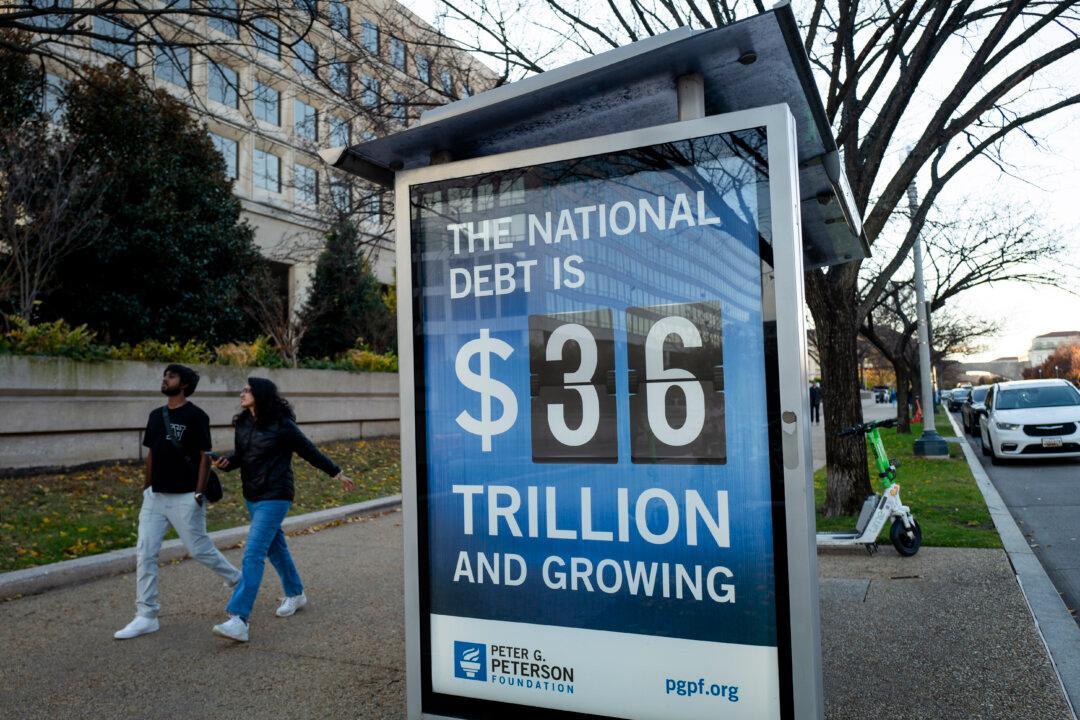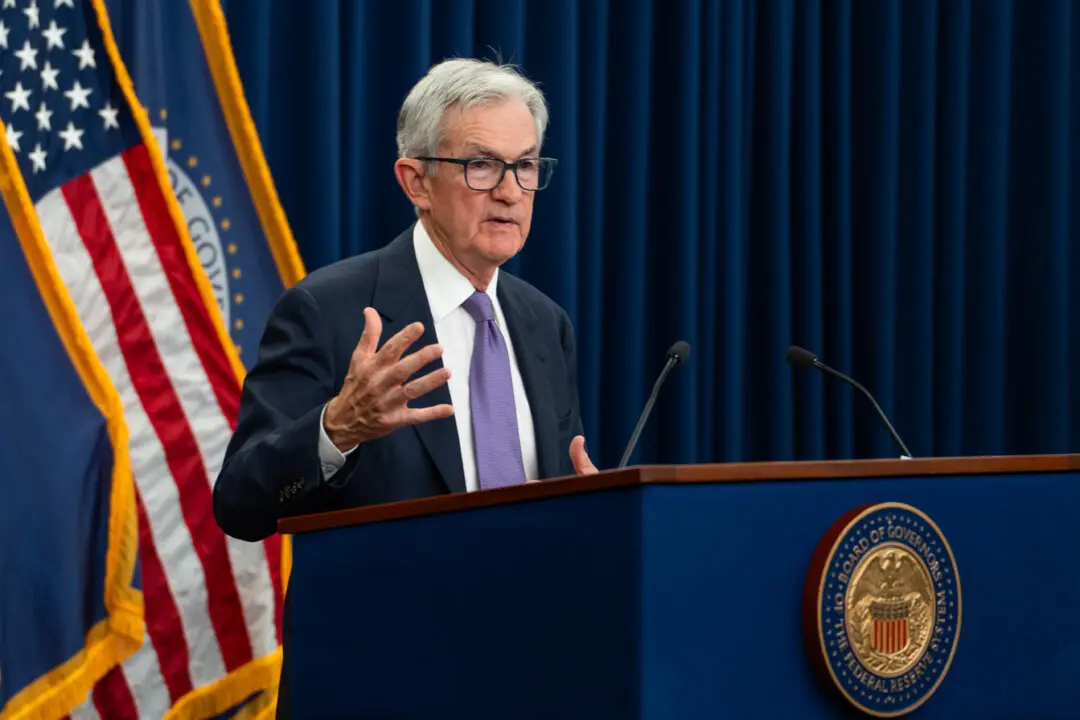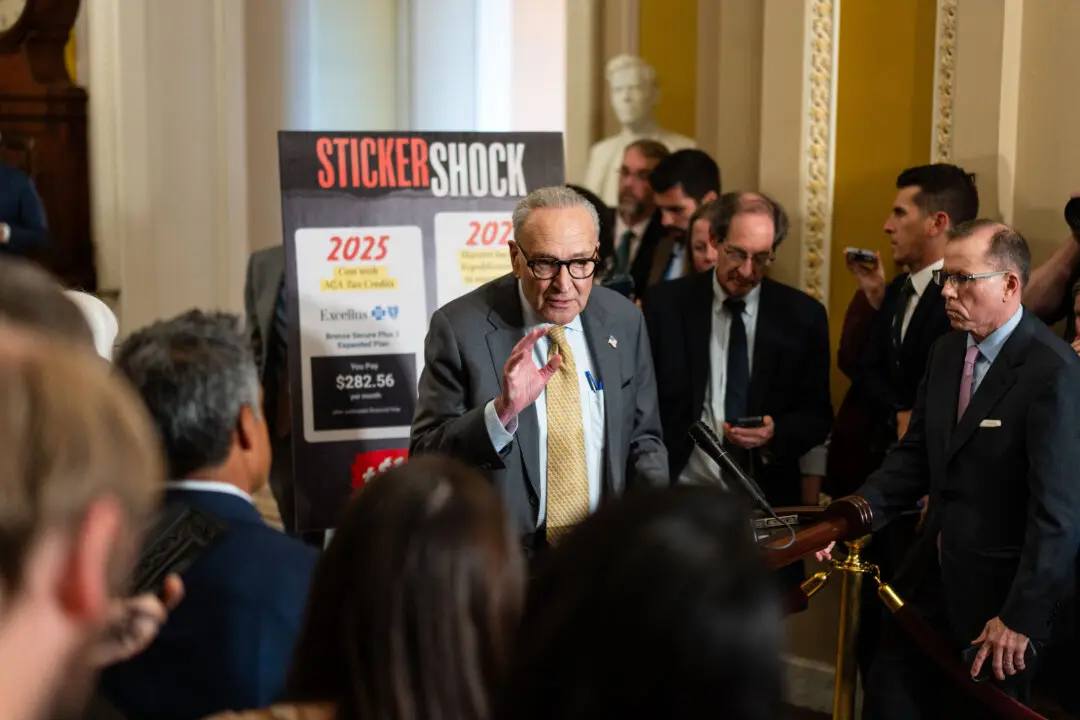New Treasury Department data show that the U.S. government registered a larger-than-expected budget shortfall in November, bringing the federal deficit to more than half a trillion dollars in the first two months of the fiscal year.
According to the latest Monthly Treasury Statement, the federal government posted a $367 billion monthly deficit last month, up 16 percent from a year ago.





